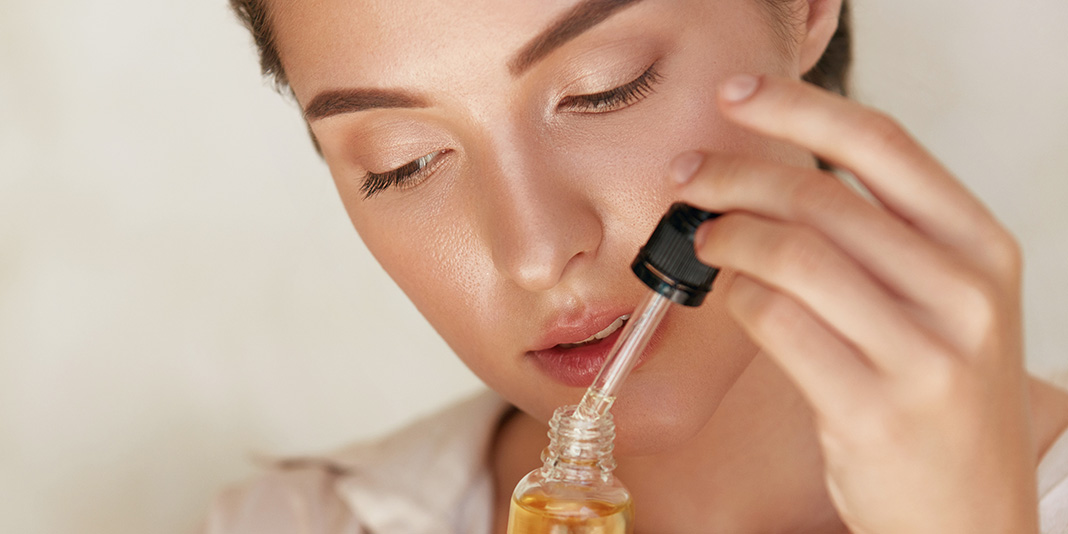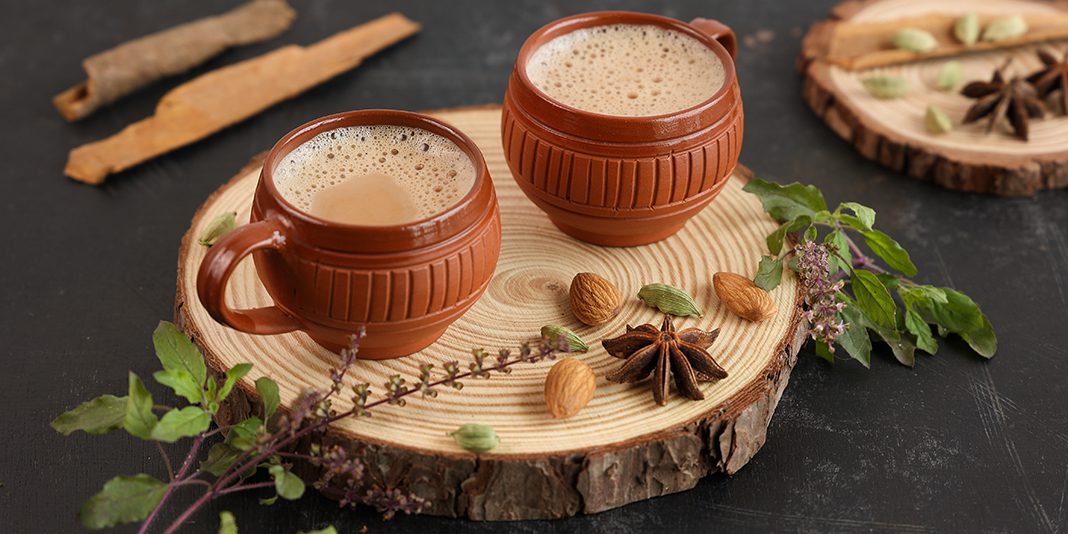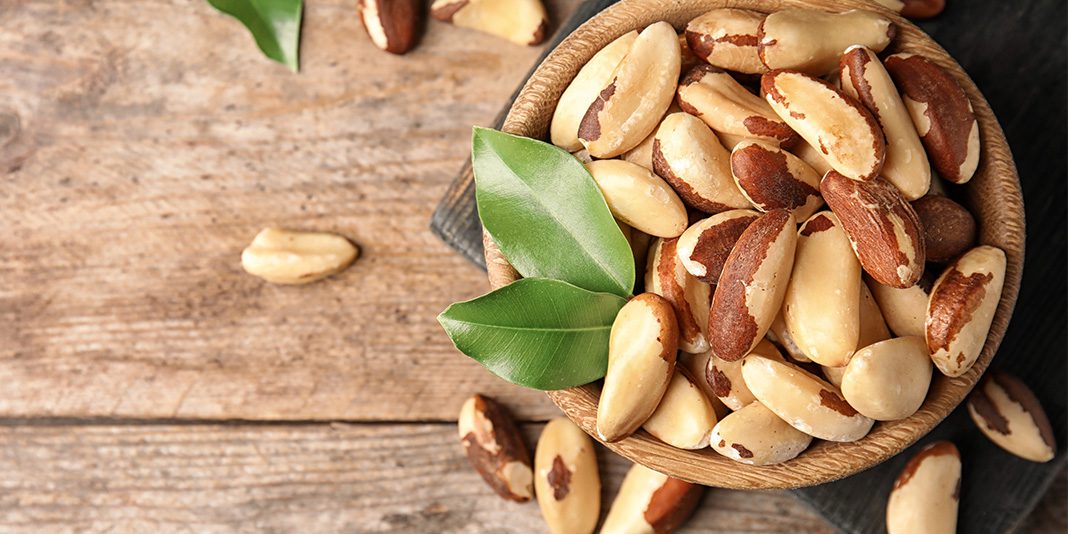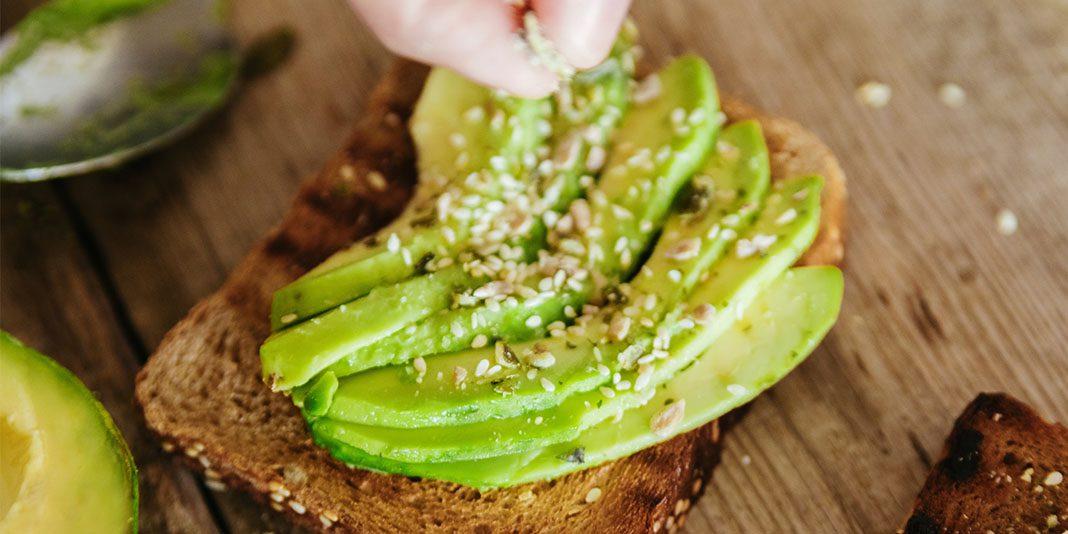“This wonderful leafy green is rich in mucilage,” says Ruby Hsiao, assistant specialist in indigenous vegetables at AVRDC (Asian Vegetable Research and Development Center)-The World Vegetable Center in Taiwan. “Mucilage soothes mucous membranes in the throat and helps prevent stomach irritation.”
Malabar spinach also delivers beta-carotene, or pro-vitamin A, which helps form and maintain healthy skin and teeth and promotes good vision.
1Amaranth

The leaves of the Amaranth plant, which can be sautéed, steamed, boiled or stir-fried, are a great source of folic acid and iron.
“The human body needs iron to produce healthy red blood cells and prevent anemia,” says Ray-yu Yang, a nutritionist at AVRDC. And folic acid is an especially important nutrient for women during pregnancy. That’s because folic acid helps a growing fetus’ neural tube—the part of the body that becomes a baby’s brain and spinal cord—develop properly.
2Kangkong

Also known as water spinach, kangkong leaves—which can be cooked or eaten as a salad—contain flavonoids. These antioxidant properties help protect cells from damage caused by free radicals, which are believed to contribute to certain chronic diseases and play a role in aging.
3Perilla or Shiso

“The beautiful purplish-green leaves have a bright, peppery taste,” says Hsiao, and “perilla contributes luteolin to the diet, which has antibacterial and anti-inflammatory activities”—the latter helps decrease the incidence of cancer, heart disease and diabetes.
The versatile leaves can be deep-fried, pickled or used as a wrap for rice, meat and vegetable fillings.
4Purslane

With its pink, white and yellow flowers, purslane is as beautiful to look at as it is to eat. “The tender shoots and leaves contain Omega-3 fatty acids, which are normally found in sources such as fish,” says Yang. Purslane can be eaten fresh, pickled or sun-dried to crunch up at a later date.




































